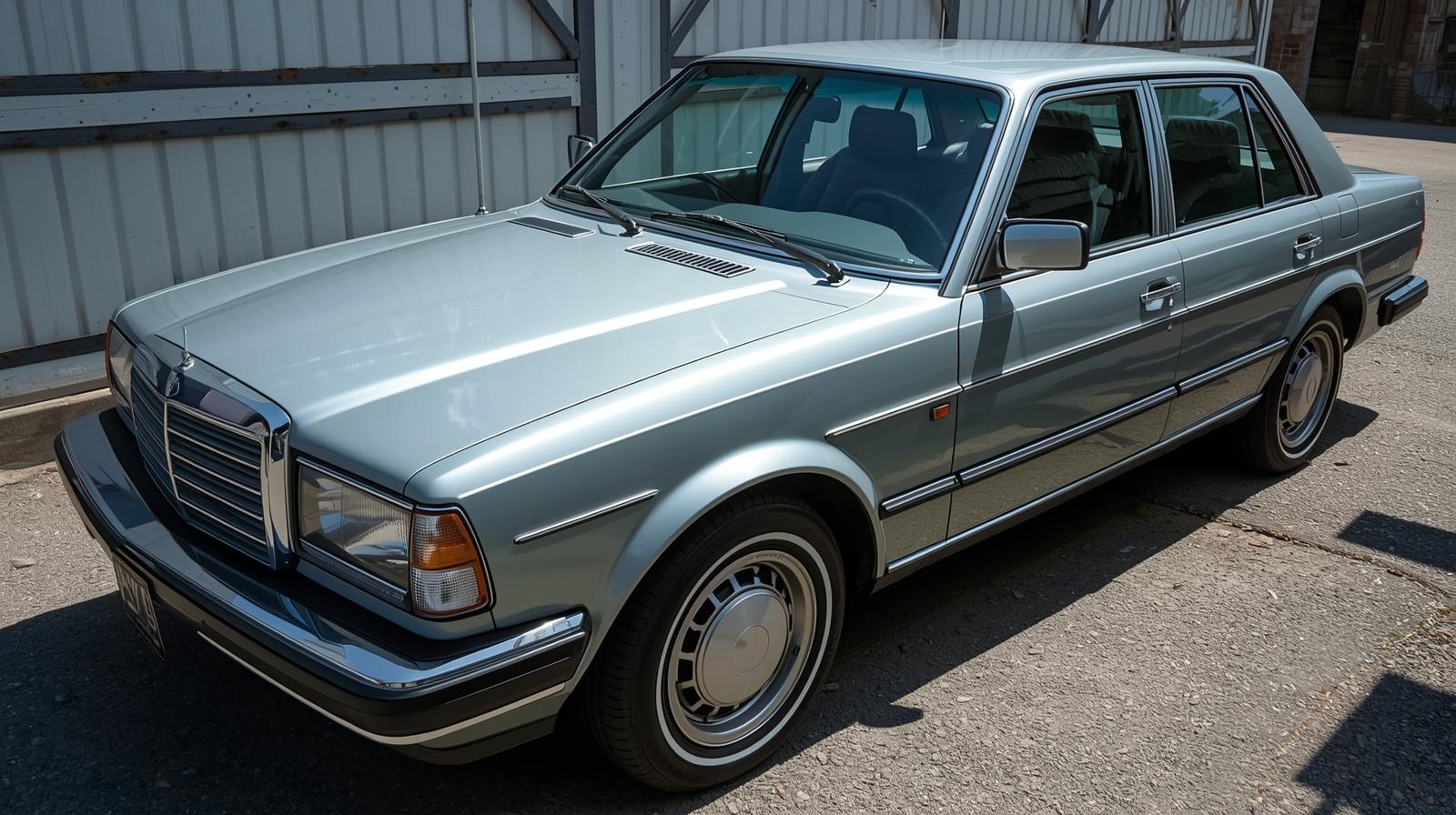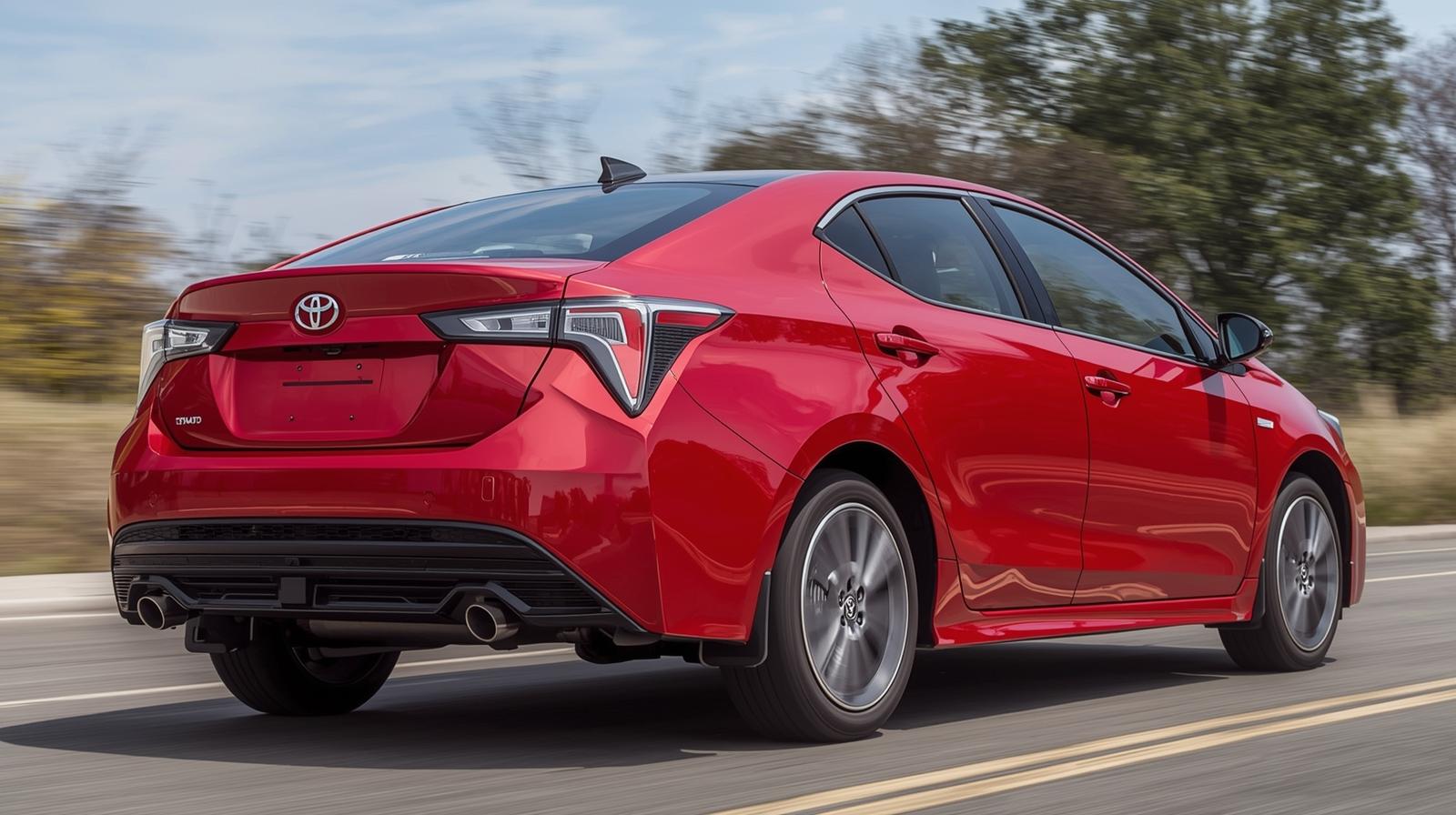3 Easy Ways To Lower Your Auto Insurance Rate
Finding ways to lower your auto insurance rate can be a daunting task. But, with a few simple steps, you can save money on your auto insurance and get the coverage that you need.
You can lower your insurance rate by keeping your driving record clean, shopping around for the best rate, and optimizing your coverage. Keeping your insurance rate low is important to ensure you get the coverage you need without spending more than you need.
Cars are expensive and can be especially costly to insure. Luckily, there are ways to lower your auto insurance rate without sacrificing coverage.
Why Should You Look For Ways To Lower Your Auto Insurance Rate?
Lowering your auto insurance rate can save you money. Many people don't realize how much they are overpaying for their car insurance until they apply the same tips and tricks to help them reduce their premiums.
Not only are you going to save money on your auto insurance rate, but you'll also have the peace of mind of being confident you're getting the coverage you need at an affordable price.
The best way to lower your auto insurance rate depends on your circumstances. However, there are a few steps you can take to ensure that you're getting the best rate for your coverage.
3 Easy Steps to Help You Save Money On Your Auto Insurance
Finding ways to lower your auto insurance rate can be a daunting task. But, with some simple steps, you can save money on your auto insurance and get the coverage that you need.
Cars are expensive and can be especially costly to insure. Luckily, there are ways to lower your auto insurance rate without sacrificing coverage.
The best way to lower your auto insurance rate depends on your circumstances. However, you can take a few steps to ensure that you're getting the best rate for your coverage.
1. Keeping a Clean Driving Record: How It Can Reduce Your Auto Insurance Rates
One of the most important factors when it comes to lowering Auto Insurance Rates is keeping a clean driving record.
This means avoiding traffic violations like speeding tickets or DUIs, as well as any other moving violation that could result in points being added to one's license or an increase in premiums due to increased risk associated with those violations.
Photo by Pixabay
Additionally, drivers should maintain good credit scores, which may affect their rates positively or negatively depending on their state.
Your driving record may not be the first thing that you would think of when lowering your auto insurance rate, but it can certainly have a significant effect on how much you pay for coverage.
2. Shopping Around for the Best Auto Insurance Rate
Approaching the task of shopping for auto insurance can seem daunting. The best way to make sure that you're getting the right coverage at a competitive rate is to shop around and compare rates from multiple companies.
Doing this will give you an idea of which insurers are offering the best deals, allowing you to find the perfect coverage at the best possible rate.
Additionally, some states have specific laws that require insurers to provide consumers with a certain level of coverage for a set price.
Shopping around and comparing rates can help you find an insurer who offers these laws in your state and gets you the coverage you need at an affordable rate. Some options that cost more aren't always worse than cheaper ones, so proper evaluation is an important step to take.
3. Optimizing Coverage to Get the Most Affordable Rates
Choosing the right kind of coverage is just as important as shopping around to get the best rate.
For instance, if you're a high-risk driver, you may want to consider opting for higher coverage limits so that you won't be stuck with an expensive bill in case of an accident.
On the other hand, if you're a lower-risk driver, you may want to opt for lower coverage limits in order to get the most affordable rates.
Optimizing your coverage and shopping around for the best auto insurance rate can save a significant amount of money on your premiums. Deductibles can also play an important role in reducing your auto insurance rate.
Ultimately, finding the best way to lower your auto insurance rates depends on your individual circumstances. However, by following the steps outlined above, you can make sure that you're getting the coverage that you need at a price that won't break the bank.
With a little bit of effort, you can save money on your auto insurance and get the coverage that you need.
What Are The Minimum Levels of Coverage You Should Consider?
Saving money on insurance is important, but it's equally important to make sure that you have the right coverage. At a minimum, most states require drivers to carry liability insurance in case they cause an accident and need to pay for damages.
Typically, this includes both bodily injury and property damage coverage to protect other drivers if they are injured or their vehicles, but some states may also require additional types of coverage, such as uninsured motorists or personal injury protection.
By minimum legal requirement, you will need to have property damage liability insurance for your vehicle. In addition to this, bodily injury liability insurance is required in all states across the US, with the exception of Florida.
Photo by JESHOOTS.com
It's important to research the specific requirements for your state and make sure that you are covered adequately. This will ensure that you have the proper protection in case of an accident.
Once you find the minimum levels of coverage required, you can then look into optional coverages that may be beneficial to have and shop around to find the best rate. Finding the balance between risk and budget is essential as you want to ensure you are covered for medical bills in most cases.
Saving money can be an important factor in finding the best auto insurance rate, but ensuring that you have adequate coverage is just as important. Take the time to really evaluate what you need and what coverages you can afford in order to find the best rate for your situation.
Considerations When Switching Providers or Changing Plans
If you're changing providers or switching plans, it's important to bear in mind a few considerations. First of all, make sure you read through the new policy carefully before signing any documents to ensure that you understand what type of coverage you'll be getting.
Photo by Alexander Suhorucov
Your old provider for auto insurance may not be able to transfer your existing policy, so you'll need to start a new one with the new provider. This shouldn't affect your existing coverage too much, but it's important to double-check the details before signing.
Additionally, make sure you understand the process for canceling your old policy and any fees or penalties that may be associated with switching providers. Knowing what you're getting into ahead of time can help ensure a smooth transition and prevent any unexpected bills later.
Making sure you have all the relevant paperwork and documentation in order will make the process of switching providers much simpler. Once you've completed the switch, take a few minutes to review your policy.
A well-evaluated policy that benefits both the insurer and the driver is the key to long-term savings. Taking the time to review and compare different options can help you find the right policy for your individual situation.




